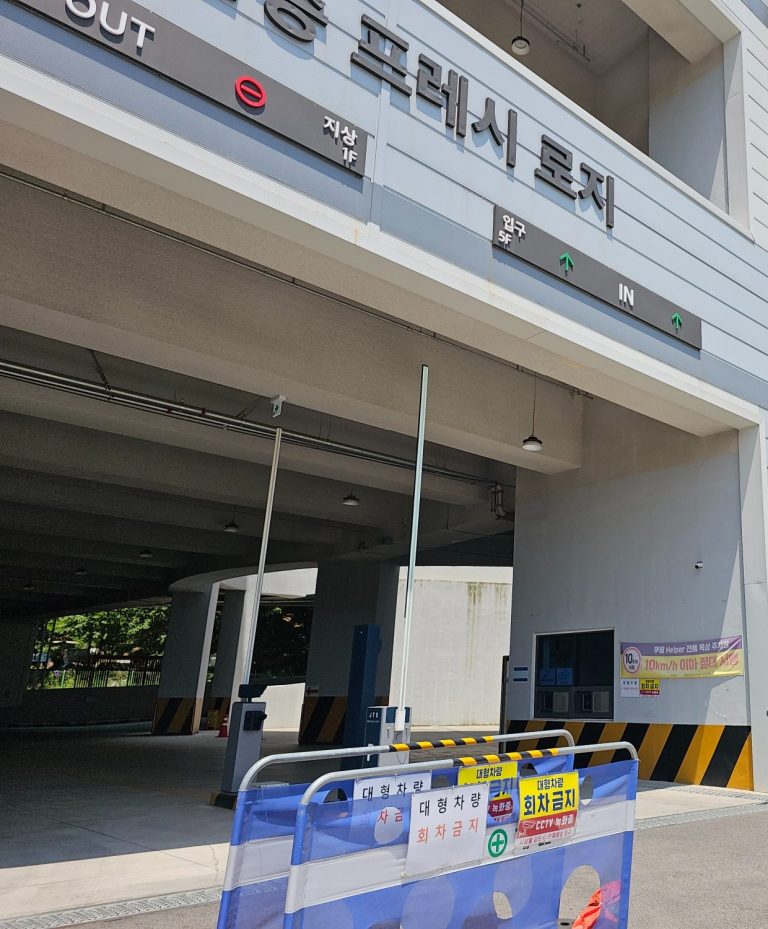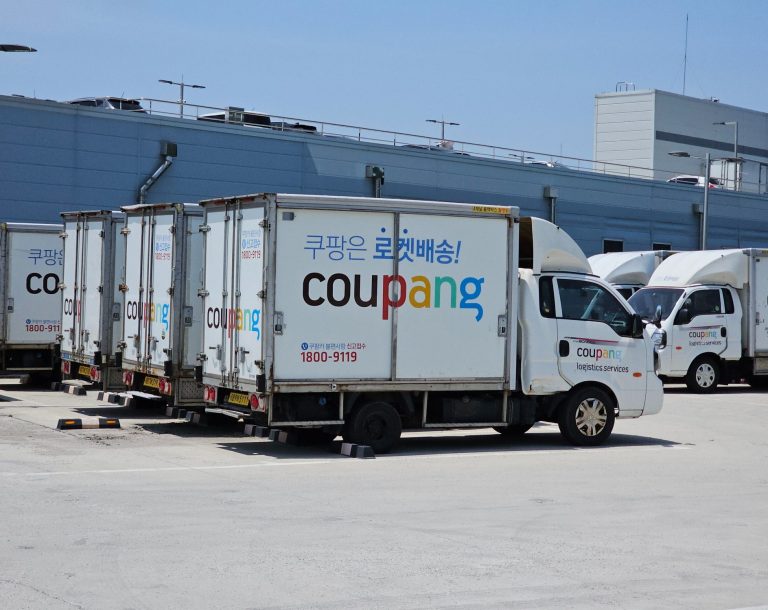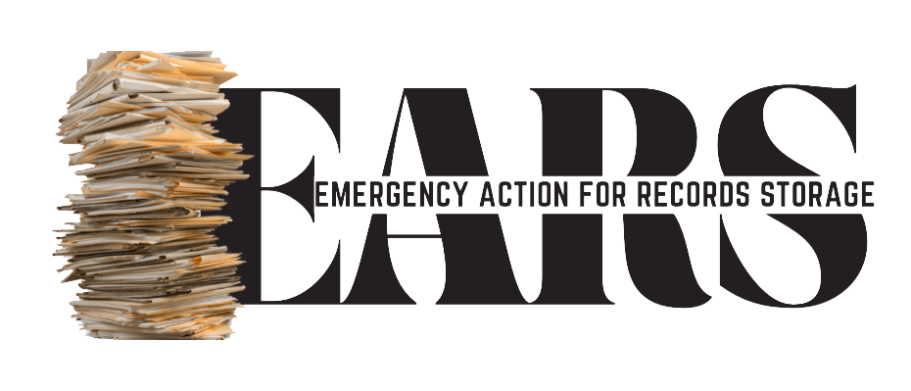
The Temporary Archive
As part of our ongoing oversight of the NCRC’s planned transfer of adoption records from the adoption agencies to a temporary storage site, here is our analysis of the state of the building that is supposed to house the temporary archive. To start positively, the building appears to meet the basic footprint and structural load requirements to physically store the records.
However, it was originally designed as commercial cold storage...
* Information on this page is from June 6th



Lack of Environmental Controls
It lacks critical environmental controls needed to protect sensitive documents—specifically, it does not have adequate HVAC or humidity systems. This creates a risk of mold, water damage, and paper deterioration that could permanently damage records.
There are two small exhaust fans from the loading dock, but nothing else to prevent pollution from the garage from entering the interior loading area.
The only separation between the refrigerated archive and the loading area is a series of air curtains. If they are not powered on 24 hours a day there is no environmental control over the refrigerated archive. However, air curtains are likely to affect humidity levels and utility costs.
Lack of Space
In addition, the site does not have enough dedicated space for digitizing or reviewing files. This means there is currently no safe or practical way to handle records requests or create digital copies for future phases of the project.
We observed that there is no existing infrastructure for digitizing adoption records. Additional racks, servers, climate controls, antistatic flooring, and a proper fire suppression system (such as an FM system) would be required to safely store data and protect data from fire and water damage at this site.
The building is also difficult to access for international visitors and adoptees traveling from Seoul, and it lacks adequate accessibility features for visitors with disabilities.
Lack of Safety
Fire safety is another major concern. The building’s fire suppression system and evacuation routes (egress) may not meet international building codes or archival standards. Without verified egress pathways and exits in place, staff and visitors could be at risk in an emergency, and documents could be destroyed.
Proper HVAC, humidity control, and fire suppression are essential to meet archival standards under the Public Records Management Act (Article 28). Without these systems, sensitive records could be irreparably damaged.
The entrance
As you can see, the entrance of the temproary archival space is a loading bay and it lacks adequate accessibility features for visitors with disabilities.
The ramp
The building is also difficult to access for international visitors and adoptees traveling from Seoul, unless you have a car to drive up to the fourth floor.
The inside
Clearly visible is how this space is not ready to house 250,000 adoption records.
Accountability
Given these concerns, we are preparing a list of questions for the NCRC, the Ministry of Health and Welfare, and members of the National Assembly to clarify critical issues and hold the responsible authorities accountable.

Be a part of our Mission
Your support is crucial to our ability to hold the NCRC accountable. Join EARS and help us fight for adoptee rights.






















